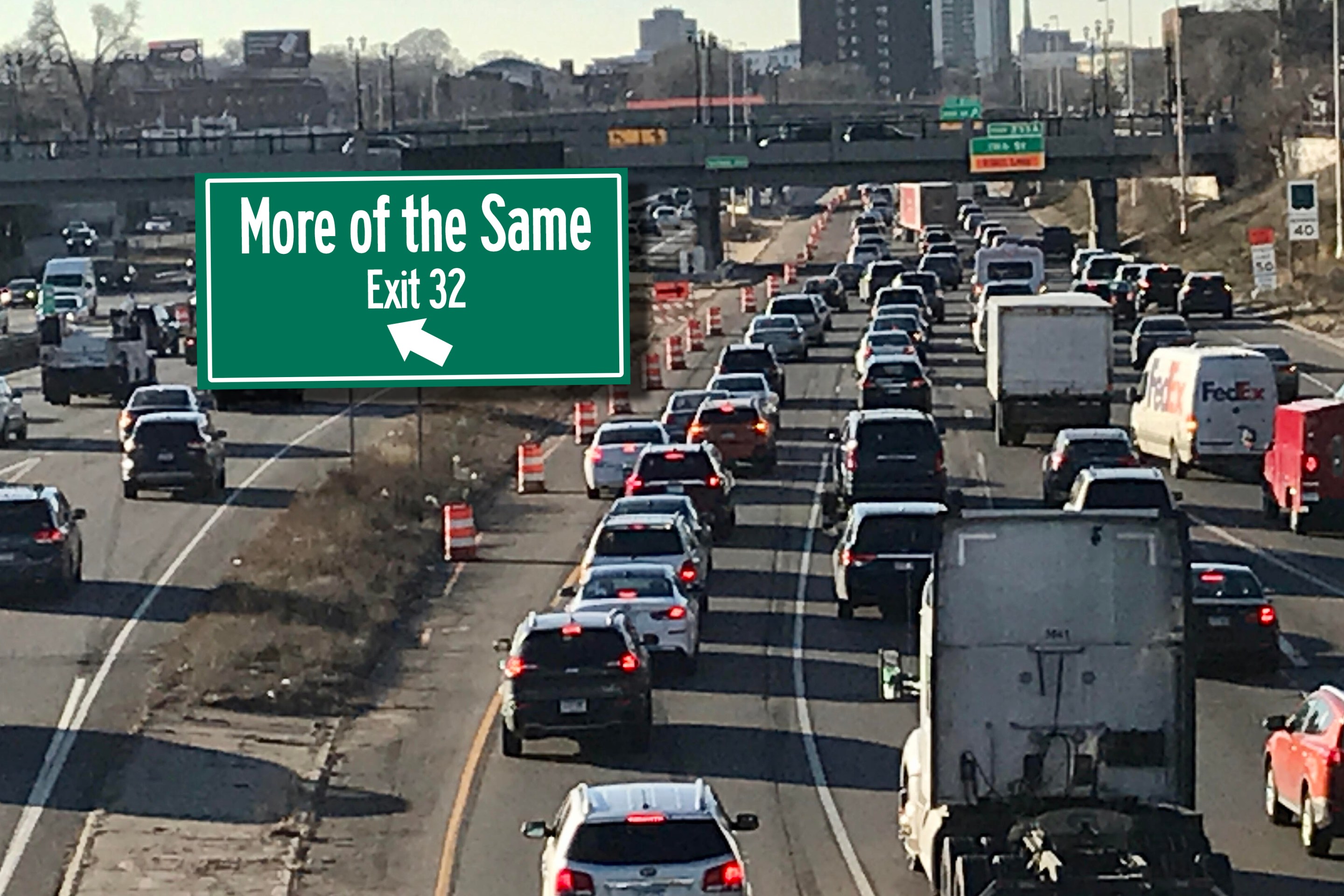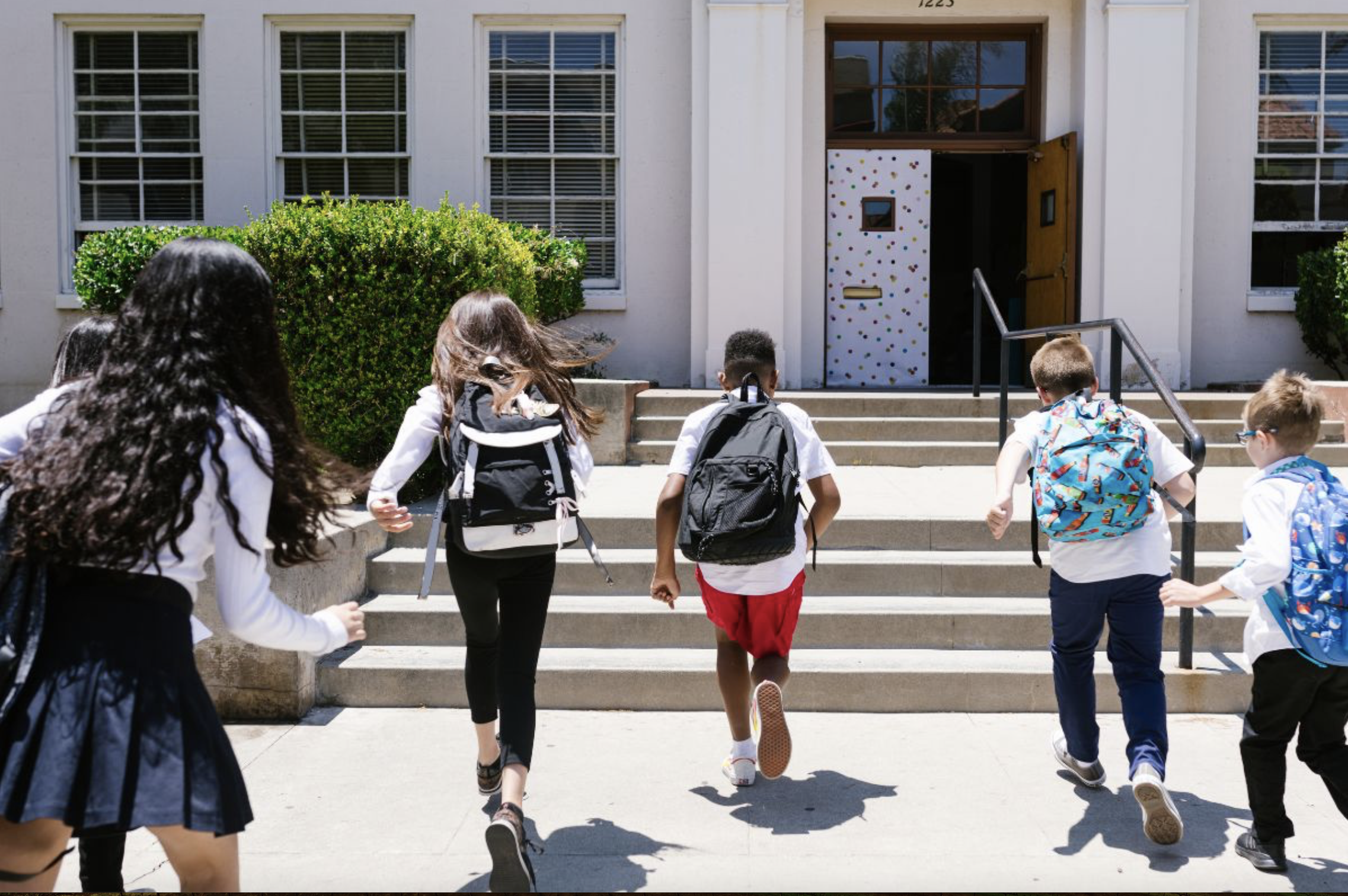
A movement has been building in Providence, Rhode Island, to replace the aging 6/10 Connector -- an elevated urban highway -- with an at-grade surface street that prioritizes transit and bicycling. It's a solution that other cities have pursued to brilliant effect (intentionally or otherwise), with highway slabs giving way to walkable places.
But Rhode Island Governor Gina Raimondo wants to snuff out the prospect of a highway-to-boulevard conversion for Providence. Citing the poor condition of bridges on the 6/10 corridor, Raimondo said urgent repair work will render the highway removal impossible.
James Kennedy at Network blog Transport Providence writes that the governor is using safety as a pretext to override the public process so far and impose the state DOT's preferred outcome:
The governor has shut down the public process around the 6/10 Connector, crying concerns over safety. This is clearly a lie.
It's not a lie in the sense that the bridges on 6/10 are safe. Everyone agrees that they are unsafe. It's a lie because RIDOT has used fear about the safety of bridges throughout the entire process as a way of derailing discussion. The mere fact that bridges are in poor shape does not necessitate their being replaced as-is, especially when even the Tea Party -- yes, that Tea Party -- thinks that the boulevard is a better idea than rebuilding 6/10 (suburban liberals agree too, and so do libertarians, a surprisingly large contingent in the Ocean State).
RIDOT officials were not concerned about moving the process along quickly when they delayed Providence from having public forums on the subject, then stonewalled Providence Planning and almost didn't show up. The meetings did happen, many months after they were originally planned, and they looked like this.
Standing room only at #610connector forum. Join the conversation online! pic.twitter.com/eR2Ej8PkoI
— Sustain_PVD (@Sustain_PVD) March 23, 2016
The only people that don't agree with the boulevard are RIDOT officials, and Gov. Raimondo.
Providence Mayor Jorge Elorza is pushing back against Raimondo's attempts to kill the highway removal, Kennedy notes. It will take a big, loud, angry public response to overcome this strong-arming by the governor.
Elsewhere on the Network today: Bike PGH calls on PennDOT to get serious about bike safety after the death of a cyclist on the city's famous Carson Street. Tim Kovach shares another epic bike lane fail from the city of Cleveland. And Greater Greater Washington says all three of the proposals for cutting late-night transit service in Washington are unappealing.





